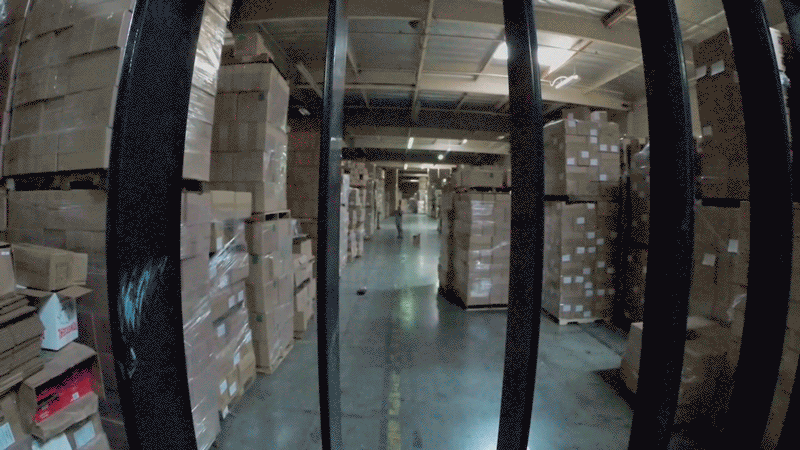Melchiah
Member

EDIT: Pressure tank of the Variable Density Tunnel at the Newport News Shipbuilding and Dry Dock Company, Hampton, VA. Photograph courtesy Northrop-Grumman Shipbuilding-Newport News (February 3, 1922). The tank was shipped by barge to NACA, now NASA Langley Research Center, in June 1922.

Guide vanes in the 19-foot Pressure Wind Tunnel at Langley Aeronautical Laboratory, National Advisory Committee for Aeronautics, form an ellipse 33 feet high and 47 feet wide. The 23 vanes force the air to turn corners smoothly as it rushes through the giant passages. If vanes were omitted, the air would pile up in dense masses along the outside curves, like water rounding a bend in a fast brook. Turbulent eddies would interfere with the wind tunnel tests, which require a steady flow of fast, smooth air. (March 15, 1950)

Looking down the throat of the worlds largest tunnel, 40 by 80 feet, located at Ames Aeronautical Laboratory, Moffett Field, California. The camera is stationed in the tunnels largest section, 173 feet wide by 132 feet high. Here at top speed the air, driven by six 40-foot fans, is moving about 35 to 40 miles per hour. The rapid contraction of the throat (or nozzle) speeds up this air flow to more than 250 miles per hour in the oval test section, which is 80 feet wide and 40 feet high. The tunnel encloses 900 tons of air, 40 tons of which rush through the throat per second at maximum speed. (1947)




















































